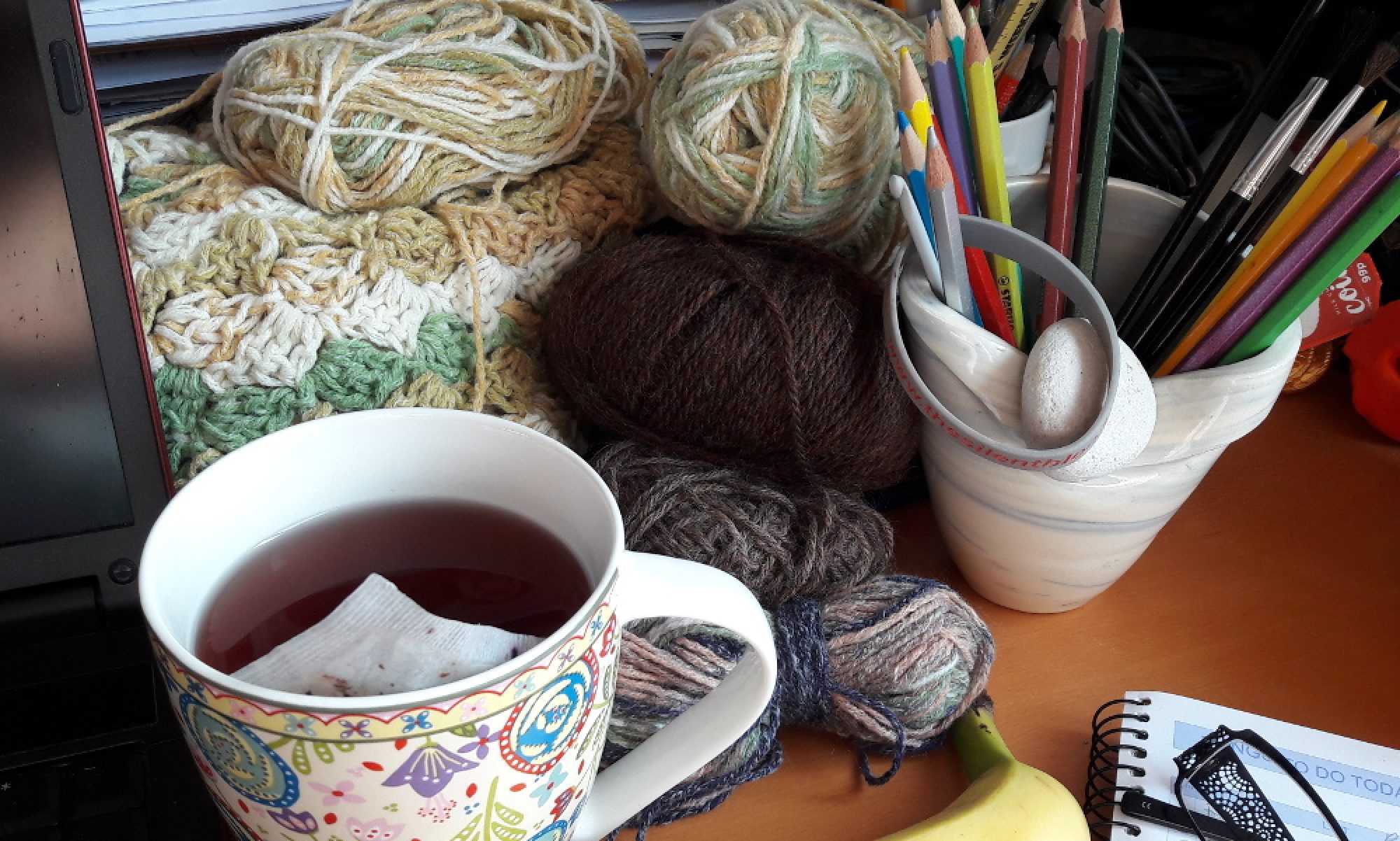I live on the outskirts of an old military town and since Joanna Lumley’s campaign to improve the lives of ex-Ghurkhas and their families, the area has seen a considerable influx of Nepalese people.
And unlike so many residents who live round here, I have to say I really like these people: they’ve brought a different dimension to the town and I think we have so much to learn from them.
It makes me sad to hear of yet another earthquake in their homeland and I cannot begin to imagine the sadness they must feel, thinking of the communities they’ve left behind. With all the devastating news reports in the media at the moment, I just wanted to say something positive about the people I’ve encountered here, in what must seem like a very foreign land.
Early in the morning, when I’m cycling my daughter to school, I meet small groups of elderly, well wrapped, brightly coloured Nepalese walking in groups along the river path and through the park. “Good morning” they say and in return I offer a “Namaste”. It’s always at this point that they light up and putting their hands together offer many back.
It took me no time at all to notice that this expression conveyed so much more than one of our own English greetings and having never been to Nepal, I thought I’d do a little research.
Just five minutes looking around on the web turned up so much. The phrase literally means “I bow to you”. The small head nod, the hands gently pressing together, the smile that accompanies it, acknowledges the divine spark that resides within us all. It’s more of a prayer than a greeting, so much richer than “good morning”. It’s more involved and wider than just one person acknowledging another. It’s about souls, much older than bodies, passing the time of day.
This made me think about so much I’ve observed recently.
One spring morning about a year ago, I was sat in the car outside my friend’s flat, waiting for him. Next door, a couple of elderly Nepalese ladies stepped out into the sunshine and it was as though the new green leaves and the bright light filled the second woman with something so enlightening, she simply had to place her hands together and say good morning to the sun. My friend is really ill, which I’m finding most distressing at the moment but that one gesture made me smile.
Then there was the time a friend sent me a picture of a small group of elderly Nepalese sat outside his flat in the car park on deckchairs. They were tightly wrapped as it was a cold November day but because the sun was out, so were they. I’ve never been good at hibernating either.
I’ll also mention the elderly Ghurka who I regularly see making his way into town. His slow shuffle speaks of determination despite infirmity or injury. His broad shoulders, muscular physique and strong hand on his walking stick speak of a dignified life at arms for a country far away from the land of his birth.
There seems to be something open and accepting that’s hardwired into the Nepalese people I’ve met. They go outside, explore, find new places – and the library is usually busy with them. On market day, the town is alive with circles of men talking, the women picking over the vegetables on the stalls and in the parks and gardens, they sit and talk in the sunshine.
I don’t pretend to know very much about their land and their diverse culture. I know there are divisions in the country and that it is recovering from a brutal civil war. The town in which I live is groaning under the weight of this sudden population increase (which I believe has more to do with policy than people) and even the local MP has voiced concern over the locals’ inability to find a park bench to use at peak times. I’ve also read about their caste system, their gender roles and their religious and ideological divisions but I can only go on the elderly Nepalese people I’ve seen (I believe the young have their own basket of problems) – and what I’ve seen is a quiet, respectful, considerate people with a great sense of humour and a thirst for human experience.
I’m not a religious person but I think the concept that we all carry a spark of the divine within us is a sensible one. If, just if, the idea that we all harbour the same life force is true, wouldn’t it clear up so many modern-day woes? Wouldn’t so many of our negative emotions like jealousy and fear which cause so much hurt become not just futile but useless?
There are so many souls hurting in Nepal today because the earth shook – again.
Namaste.




Namaste! I’ve been doing a lot of research on Hinduism lately by way of finding out a little more about the religion of my boyfriends family. I have to say that so far, I have loved what I’ve read and it seems you have too. Not to say that I am turning to religion but rather that I am no longer turning from it. My heart goes out to everyone in Nepal. Still really enjoying reading you blog, keep it up. X
Thanks Cara. I have a friend who subtly incorporates her Hindu background into her life and it’s given me a different perspective. Like you, I’m not likely to sign up to a particular religion but there are concepts which I find enlightening and practically useful. I am a self confessed spiritual tourist, sounds like you are too.
Spiritual tourist sums it up precisely!